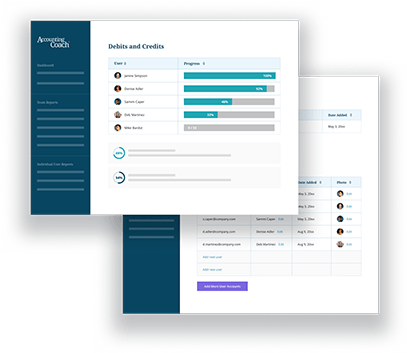Social Security Payroll Tax
The Social Security payroll tax is 6.2% and is based on each employee’s earnings (wages, salaries, bonuses, commissions, etc.) up to a specified annual ceiling, limit, or maximum.
In the calendar year 2025, the Social Security payroll tax rate of 6.2% is applied to each employee’s earnings up to the maximum of $176,100. The amount withheld from employees is then matched by the employer. As a result, the total Social Security tax in 2025 is equal to 12.4% of each employee’s annual earnings up to a maximum earnings amount of $176,100.
In the calendar year 2026, the Social Security payroll tax rate of 6.2% is applied to each employee’s earnings up to the maximum of $184,500. The Social Security tax withheld from employees is then matched by the employer. As a result, the total Social Security tax in 2026 is equal to 12.4% of each employee’s annual earnings up to a maximum earnings amount of $184,500.
The Social Security tax pertains to retirement and disability benefits.
Medicare Payroll Tax
The Medicare payroll tax is 1.45% and is based on each employee’s earnings without limit. The Medicare tax withheld from employees is then matched by the employer. This makes the total Medicare tax equal to 2.9% on every dollar of employees’ earnings. (There is also an Additional Medicare Tax for high income employees and high income self-employed individuals. However, the Additional Medicare Tax is not matched by the employer.)
The Medicare tax pertains to health care for people 65 of age and older.
FICA Payroll Tax
The combination of Social Security payroll taxes and Medicare payroll taxes is referred to as FICA. We often cite the FICA tax rate as 7.65% (6.2% Social Security + 1.45% Medicare) of each employee’s first $176,100 of annual earnings in 2025 and the first $184,500 of annual earnings in 2026. Each employee’s earnings in excess of the annual Social Security ceiling amount are taxed only for Medicare (1.45% for the employee and 1.45% for the employer). As mentioned above, there is also an Additional Medicare Tax that is withheld from high income employees’ pay, but it is not matched by the employer.
Self-employed persons are responsible for both the employee and employer portions of FICA.




